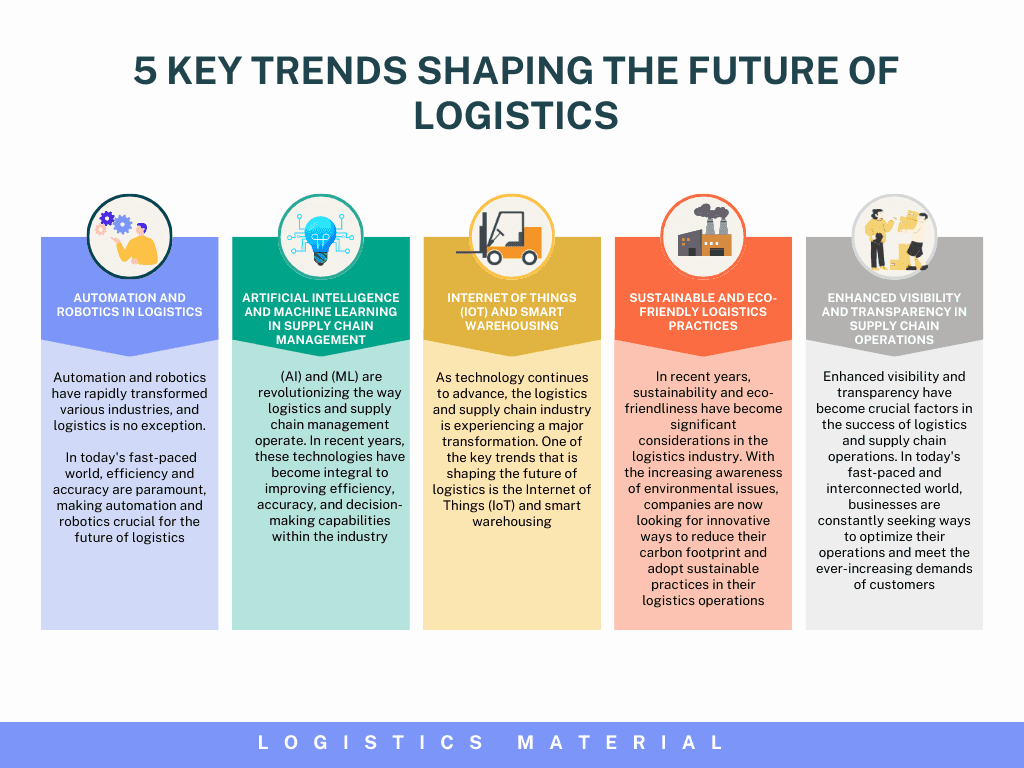7 Key Benefits of Effective Supply Chain Management
By LM Writers – Updated 21 December 2024 Introduction Effective supply chain management is crucial for the success of any business operating in today’s dynamic marketplace. From sourcing raw materials to delivering the final product to customers, every step in the supply chain plays a vital role in the overall efficiency and profitability of a […]
7 Key Benefits of Effective Supply Chain Management Read More »



